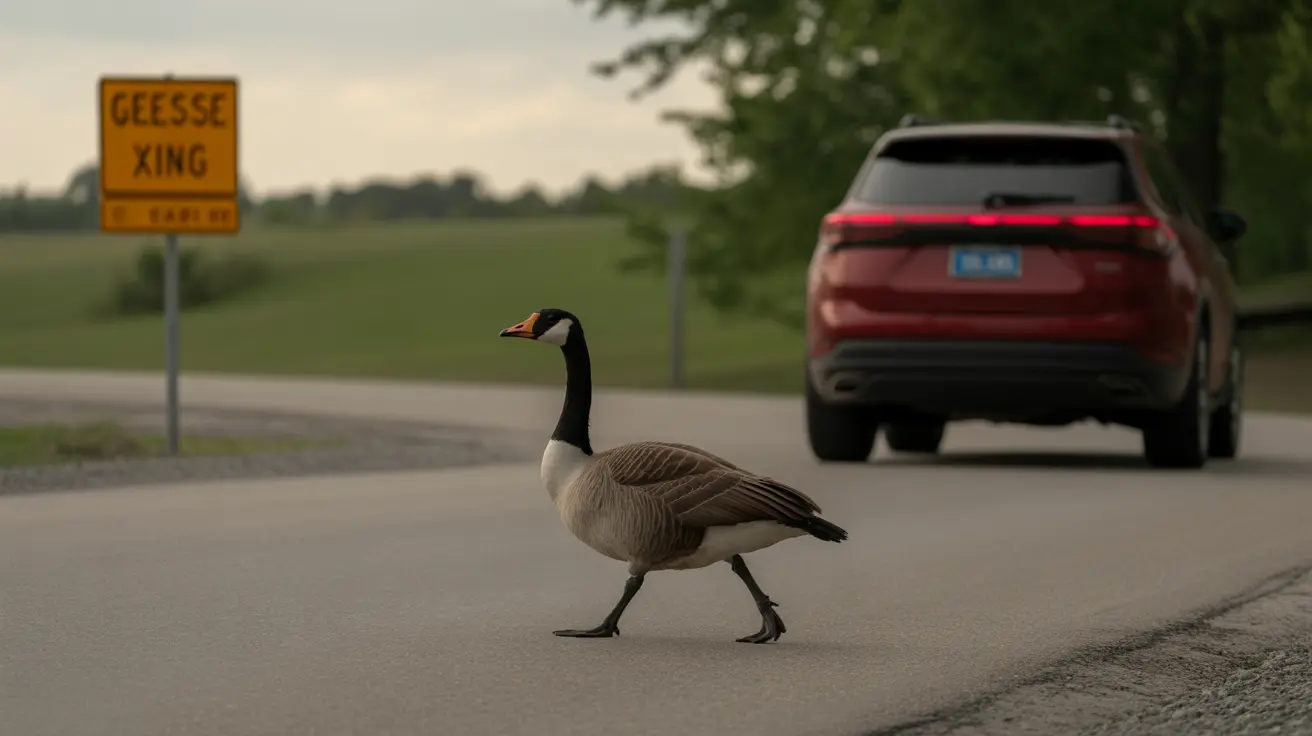Can Dogs Live to Be 20 Years or Older?
The average lifespan of a dog varies significantly depending on its breed, size, genetics, and overall care. While most dogs have an average life expectancy between 10 and 14 years, especially medium to large breeds, there have been rare and exceptional cases where dogs reportedly lived to 20 years or more. This article explores the possibilities, documented cases, controversies, and the factors that can influence a dog's longevity.
Understanding Typical Dog Lifespans
Dog lifespans are generally influenced by breed and size:
- Small breeds: Often live longer, typically 12–16 years.
- Medium breeds: Lifespans range from 10–14 years.
- Large and giant breeds: Usually 8–12 years.
However, genetics, diet, environment, and veterinary care all play a crucial role in determining each dog’s life expectancy.
Documented Cases of Exceptional Longevity
There have been a few cases where dogs reportedly lived beyond 20 years. The most notable examples include:
- Bluey: An Australian Cattle Dog who lived to 29 years and 5 months. Verified by historical records, Bluey remains the oldest confirmed dog.
- Spike: A Chihuahua from Ohio who briefly held the title of the world's oldest living dog before 2023.
- Bobi: A purebred Rafeiro do Alentejo from Portugal, claimed to have lived 31 years and 165 days, although this record was later revoked due to insufficient verification.
These instances highlight that while rare, reaching or surpassing 20 years is not impossible for dogs under specific circumstances.
The Controversial Case of Bobi
Bobi's story captivated the world when he was declared by Guinness World Records in February 2023 as both the oldest living dog and the oldest dog ever, reportedly born in 1992. He died in October 2023 at a claimed age of 31 years.
Some notable factors about Bobi's life:
- Lived in a calm, healthy environment.
- Ate home-cooked food instead of commercial dog food.
- Remained with the same family throughout his life.
However, the legitimacy of Bobi's age came into question due to:
- Lack of birth proof for dogs born before 2008 in Portugal’s pet database.
- Inconsistent photographic evidence.
- No microchip records at the time of birth, making age verification difficult.
Ultimately, Guinness World Records suspended and revoked Bobi’s record due to inconclusive evidence.
Why Few Dogs Reach 20 Years
Very few dogs, especially of larger breeds, live to or past 20 years due to:
- Aging and health complications: Dogs are prone to conditions like arthritis, organ failure, and cognitive decline.
- Breed predispositions: Some breeds are more genetically predisposed to shorter lifespans.
- Environmental factors: Poor nutrition, lack of exercise, and inadequate veterinary care can reduce lifespan.
Tips for Maximizing Your Dog's Lifespan
While reaching 20 is rare, you can enhance your dog's chance of living a long, healthy life through:
- Balanced nutrition: Feed high-quality food tailored for your dog’s age and breed.
- Regular vet checkups: Preventative care can help catch diseases early.
- Exercise: Regular walking and physical activity keep dogs fit and mentally engaged.
- Dental care: Oral hygiene affects overall health.
- Stress-free environment: A calm, loving home can positively impact longevity.
Conclusion
Although the average dog does not reach 20 years, achieving such an age is not impossible. Verified cases like Bluey show it's within the realm of possibility, albeit extremely uncommon. Controversial cases like Bobi's highlight the importance of robust age verification methodologies. As pet owners, focusing on health, care, and well-being can potentially give our furry friends the best shot at a long life.





